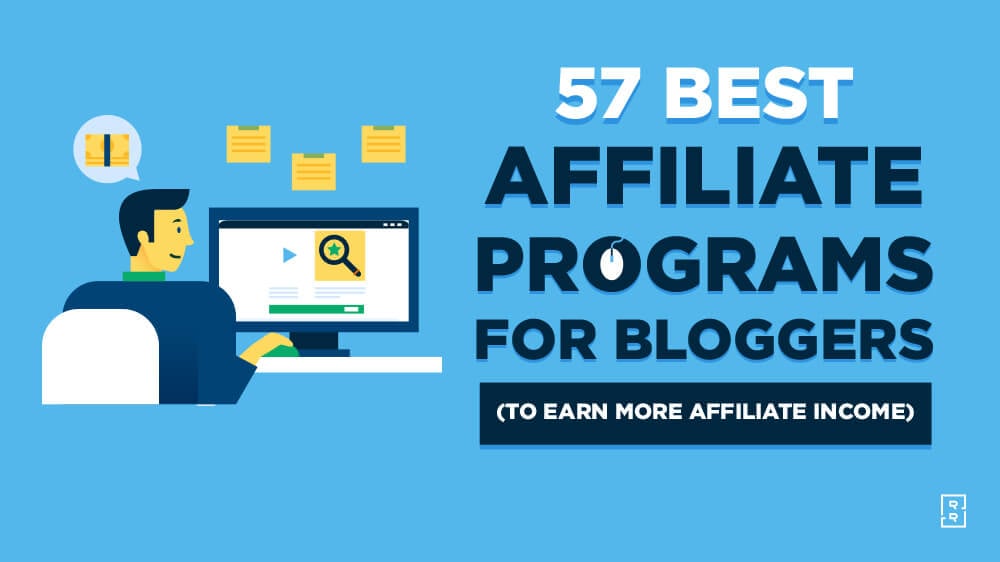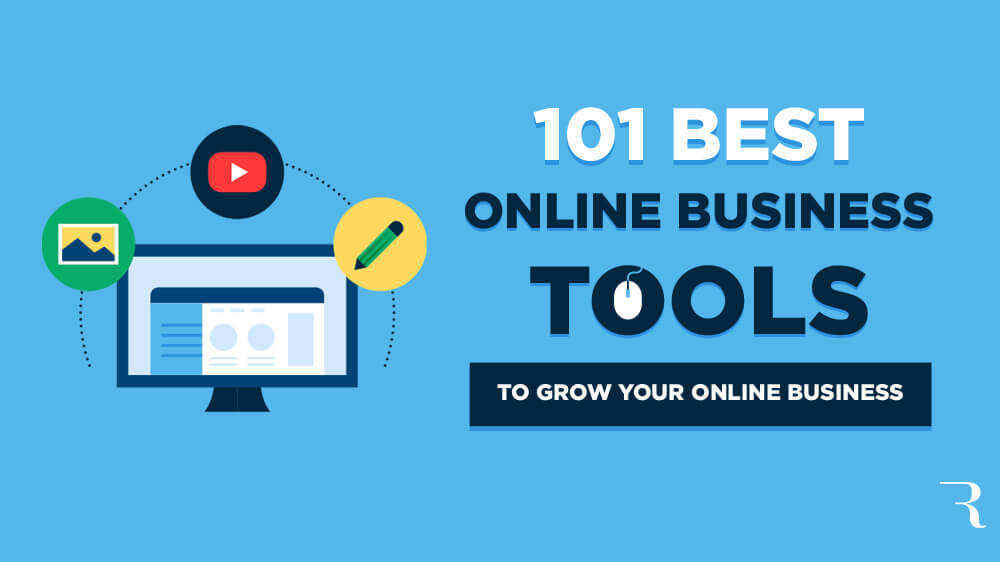Strong governance is not bureaucracy. It is the backbone of adoption. When assets are findable and permissions are consistent, users trust the system.
3. Roll out in phases, not all at once
It may be tempting to give everyone access immediately. The risk is confusion and lost momentum. A phased, service-oriented rollout builds stability and confidence. Start with a core group of high-need users, refine workflows, and then expand department by department.
This approach reduces disruption and creates internal advocates who can help onboard the next wave of users.
4. Design your DAM for scalability and self-service
As more departments request access, your DAM needs to scale without bottlenecks. Build a structure that empowers teams to manage their own collections while following enterprise-wide standards.
Self-service does not mean a free-for-all. It means designing permissions and workflows so teams can move quickly without depending on central admins for every task.
5. Focus on ease of use to drive adoption
Even the most powerful DAM will struggle if it is clunky. Users expect simplicity. Integrate assets directly into the tools they already use such as design platforms, CMS, and project management tools.
When DAM access is embedded in everyday workflows, adoption feels natural instead of forced.
6. Connect your DAM with high-value integrations
Enterprise environments are full of systems. A DAM should reduce silos, not add to them. Prioritize integrations that extend DAM access to the largest groups of users, such as marketing automation, creative suites, or content distribution platforms.
The broader the integration footprint, the greater the adoption and ROI.
7. Use AI to automate, but validate with humans
AI can take on tedious tasks like tagging, transcription, or duplicate detection. But automation is not foolproof. Pair AI with human validation to maintain accuracy and trust.
The goal is not to replace people. It is to free them from repetitive work so they can focus on higher-value tasks.
8. Work with your vendor as a long-term partner
Your DAM vendor should be more than a software provider. Treat them as a strategic partner who understands your goals and helps you navigate challenges. Share your roadmap, ask for guidance, and collaborate on solutions.
A strong vendor relationship makes the rollout smoother and ensures the system continues to evolve with your needs.
9. Include compliance and legal from the start
Compliance is not something to add later. Whether it is usage rights, GDPR, or industry-specific regulations, embed compliance checks and legal workflows early in your DAM rollout.
Waiting until later risks costly rework and lost trust. Bring compliance and legal stakeholders into the project from the start.
10. Use an effort vs impact framework to guide priorities
Your DAM team will get endless requests. To keep momentum, prioritize initiatives using an effort vs impact framework. Focus first on projects that deliver visible value quickly.
This keeps your DAM aligned with institutional priorities and builds credibility for future investments.
Bonus: Track and share DAM success with reporting
Leadership engagement depends on proof of value. Establish dashboards and regular reports that highlight usage, time savings, and cost efficiencies.
When executives see the numbers, they continue to support and fund the DAM program.
Conclusion
Rolling out an enterprise DAM is as much about people and processes as it is about technology. Build a strong use case, invest in governance, design for scale, and always tie back to business priorities. Done right, your DAM will not just store assets. It will become the foundation for collaboration, efficiency, and brand consistency across the enterprise.
Want to see how Orange Logic helps organizations roll out DAM at scale? Let’s talk.
FAQ: Deploying enterprise DAM software
What is the first step in rolling out an enterprise DAM?
Start by building a strong business case. Show leadership how the DAM will save time, reduce duplicate creative spend, and cut licensing costs. Clear ROI metrics help secure buy-in.
Why is DAM governance important?
Without governance, a DAM turns into a digital junk drawer. Metadata standards, controlled vocabularies, and permission rules make assets findable and trustworthy.
Should we roll out our DAM all at once?
No. A phased rollout is best. Start with a core group, refine workflows, and expand department by department. This reduces disruption and builds internal advocates.
How can we make a DAM scalable?
Design the system so teams can manage their own collections within enterprise-wide standards. Self-service reduces bottlenecks while keeping control at the center.
What drives user adoption in a DAM?
Ease of use. Users want quick access in the tools they already use, like design platforms, CMS, or project management tools.
Why are integrations critical for a DAM?
Integrations extend DAM access across the enterprise. Connecting to creative suites, marketing automation, and distribution tools reduces silos and increases ROI.
How should AI be used in DAM?
AI is great for tasks like tagging, transcription, or duplicate detection. Always pair AI with human validation to maintain accuracy and trust.
What role does the vendor play in a rollout?
Treat your DAM vendor as a long-term partner, not just a software provider. Share your roadmap and collaborate on solutions to keep the system evolving.
When should compliance and legal get involved?
From the very beginning. Embedding rights management and compliance workflows early avoids costly rework and protects brand trust.
How do we decide which DAM projects to prioritize?
Use an effort vs. impact framework. Focus first on initiatives that deliver quick, visible value to build credibility for future investments.
How do we measure DAM success?
Track adoption, time savings, and cost efficiencies. Share dashboards and reports regularly with leadership to prove ongoing value.
Publisher: Source link












